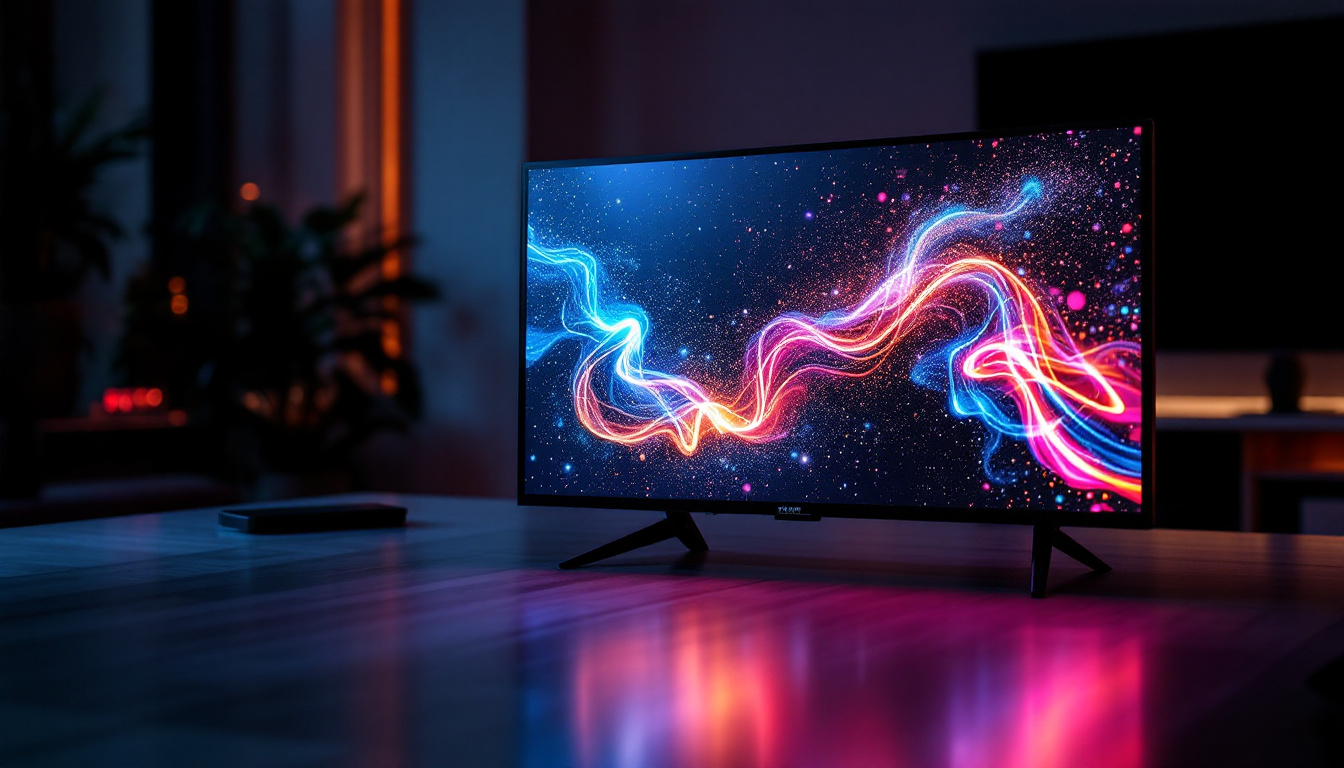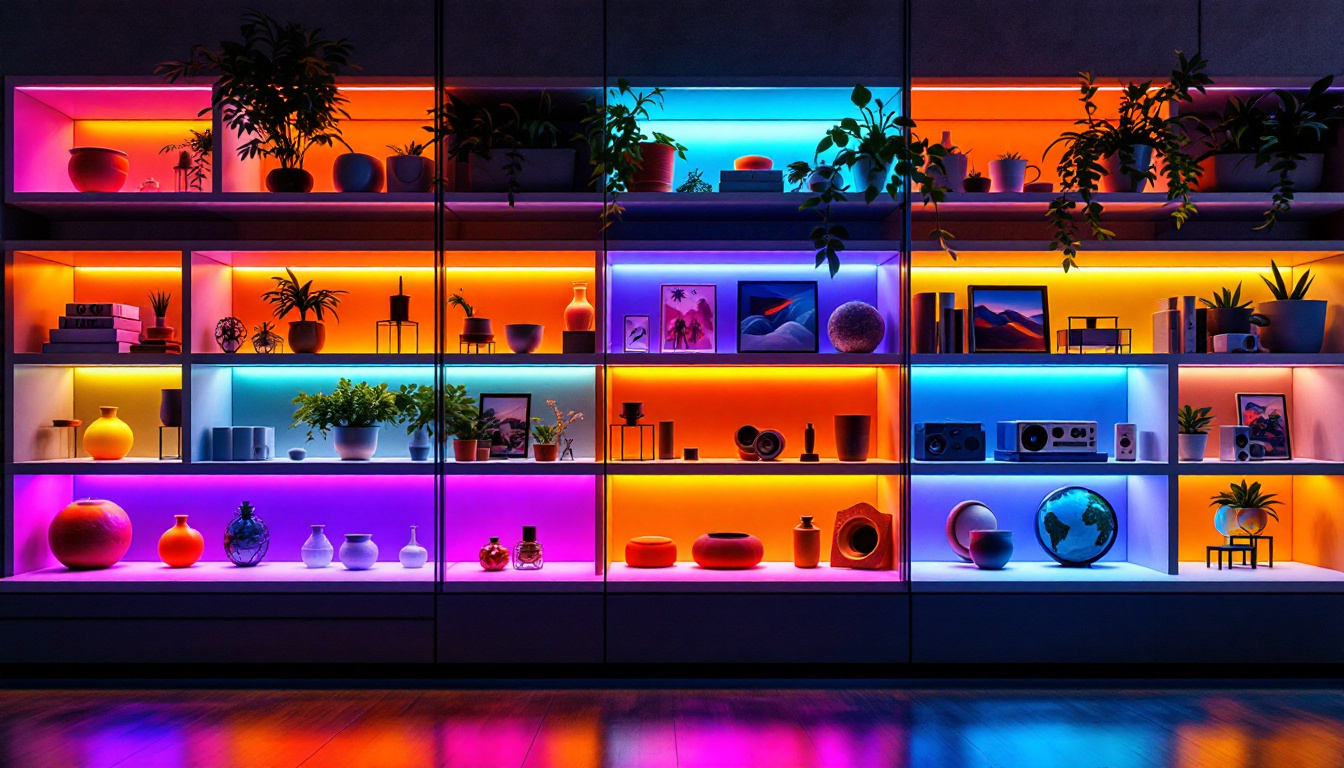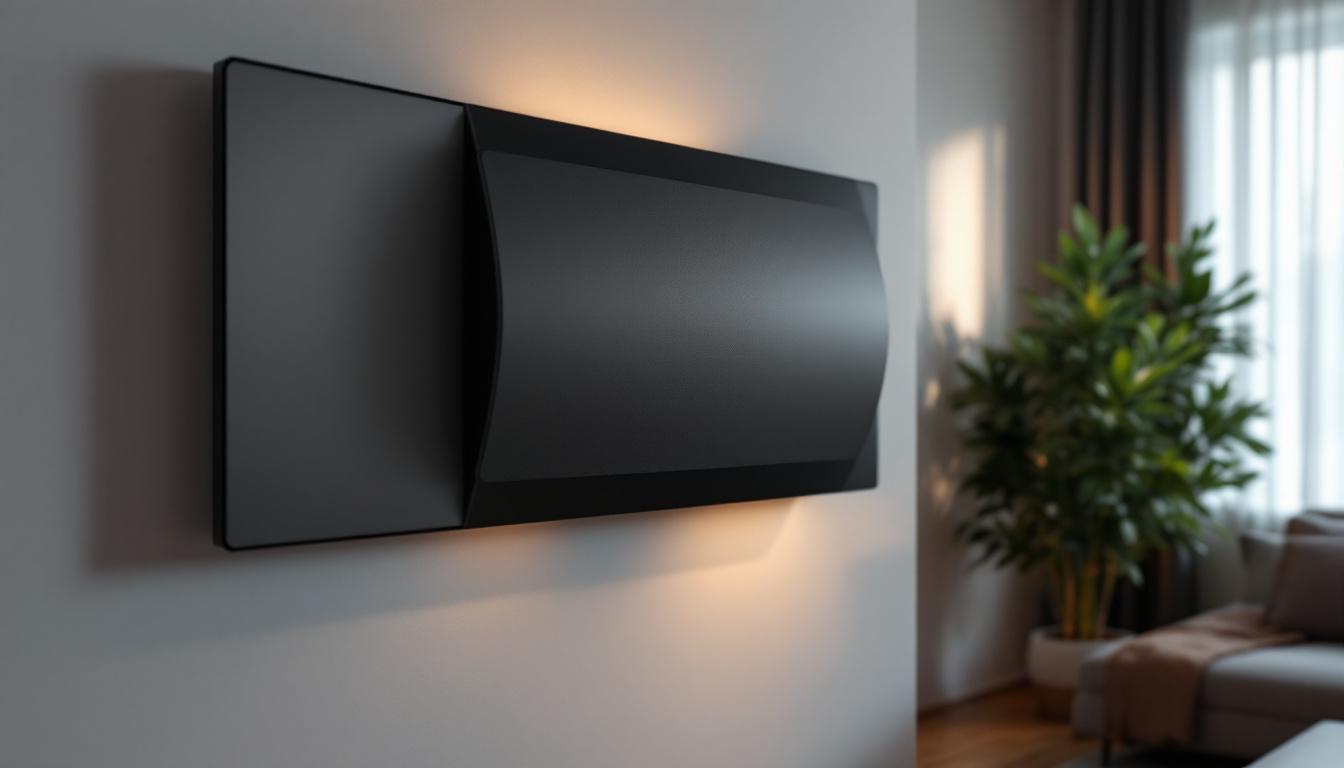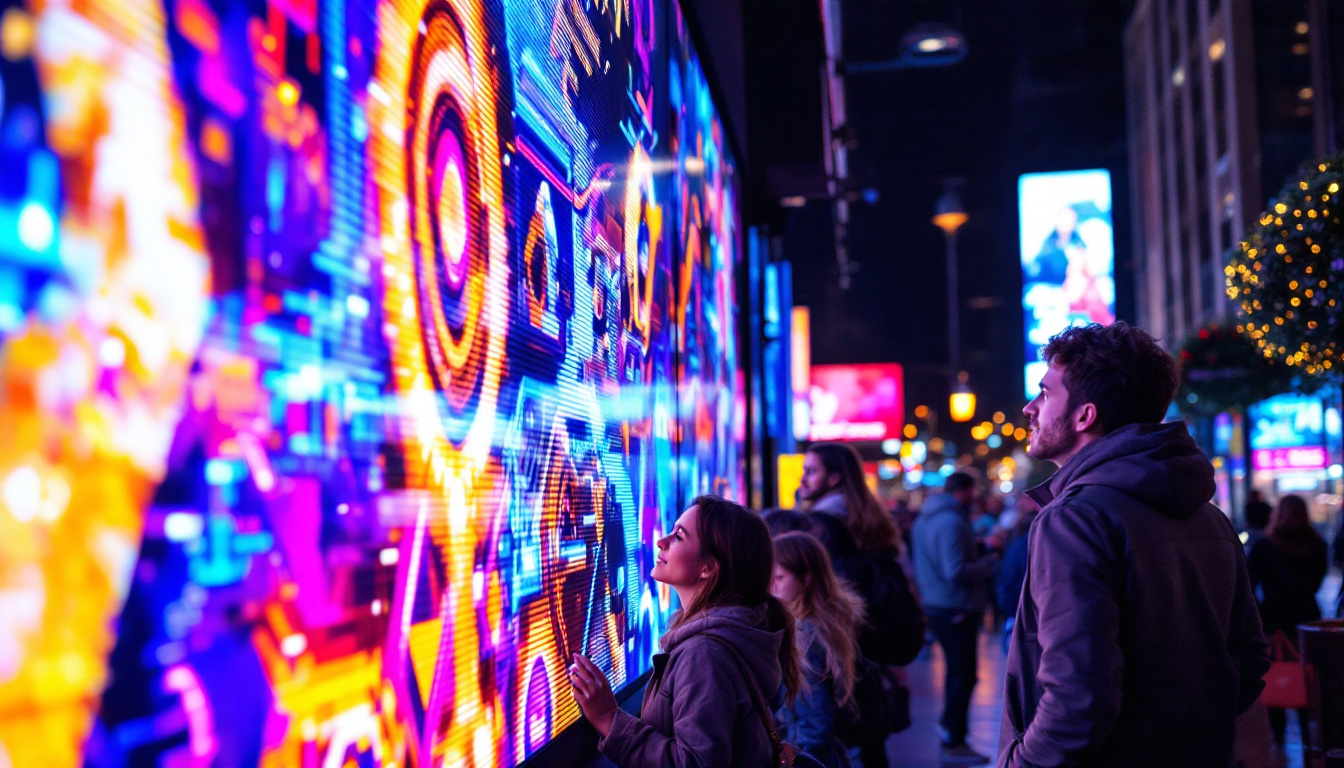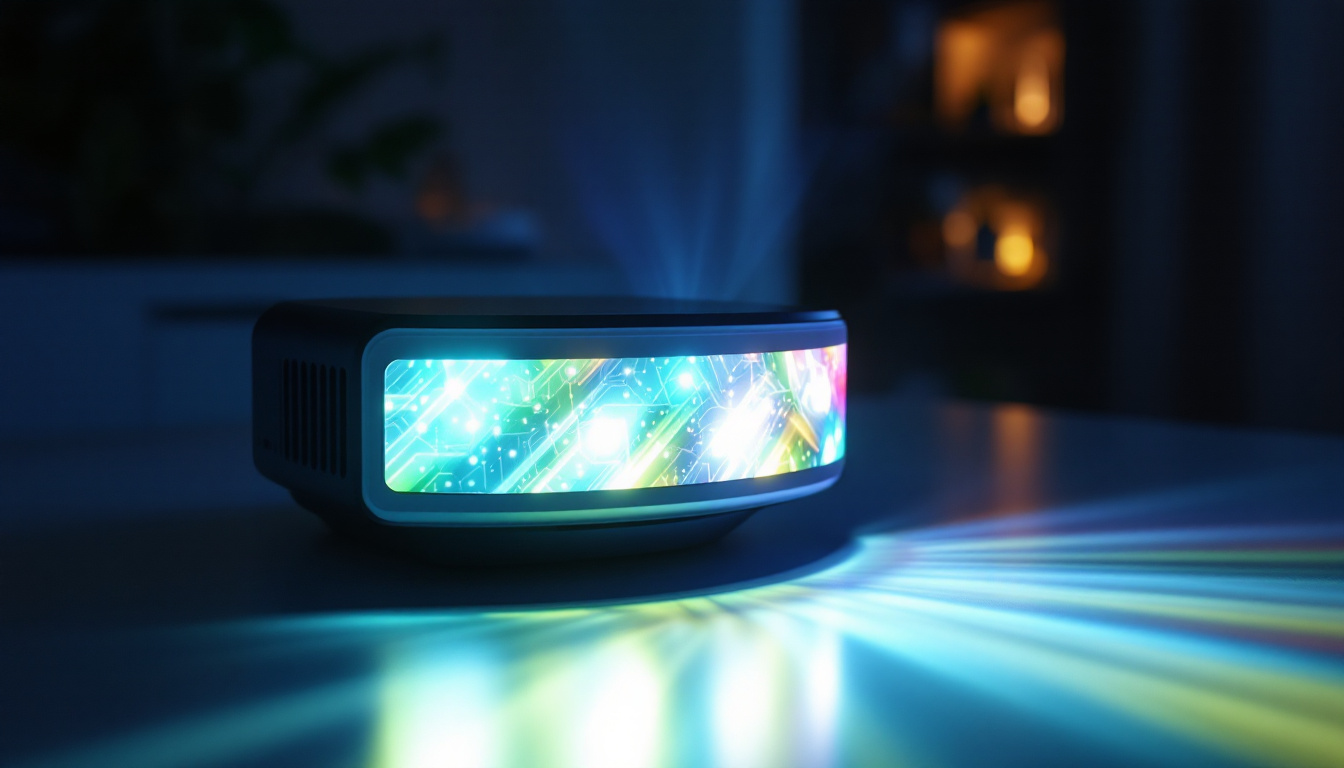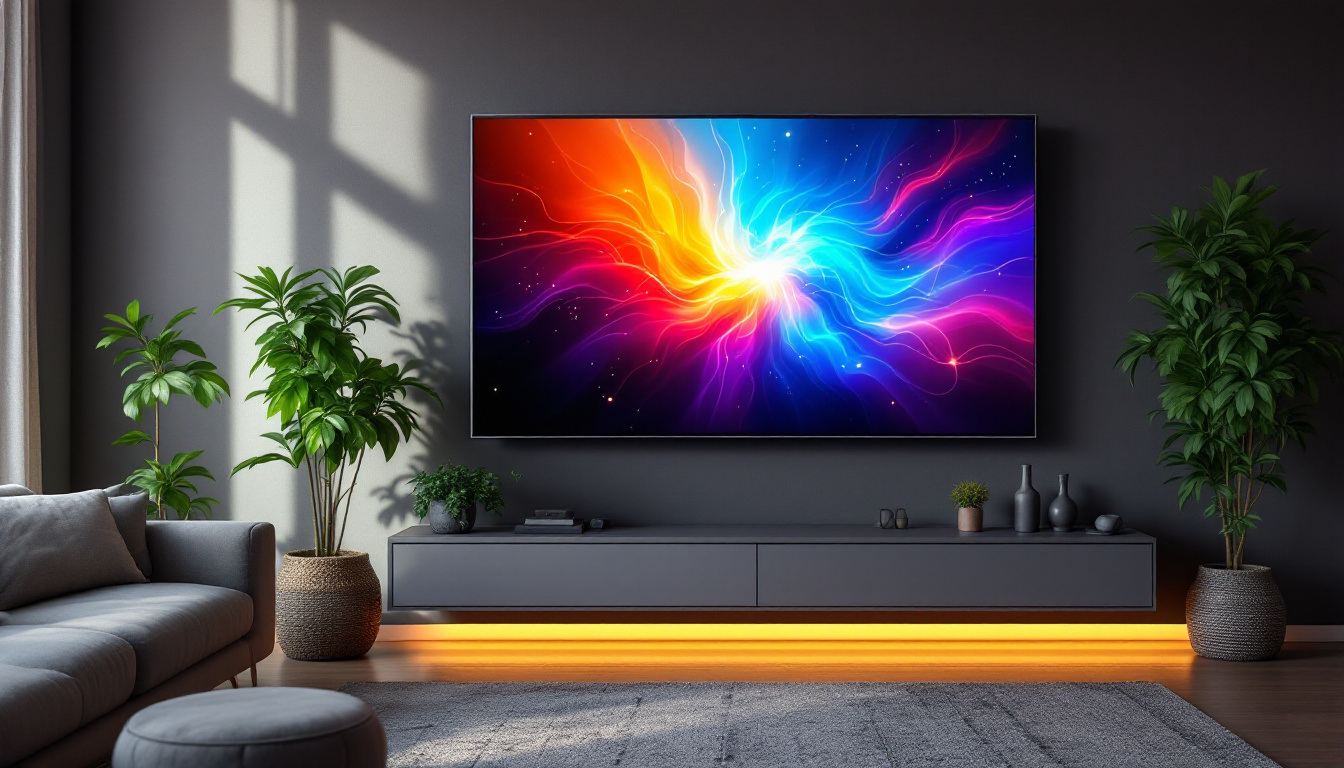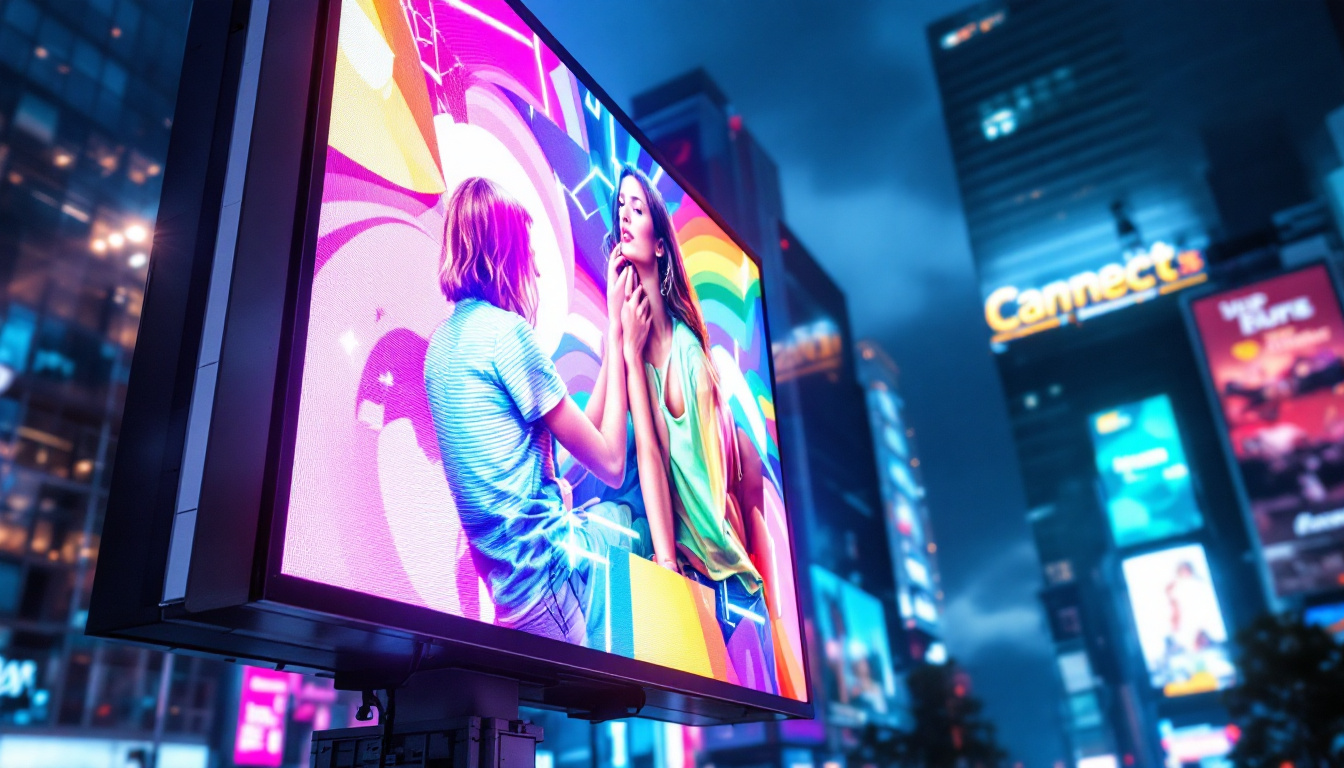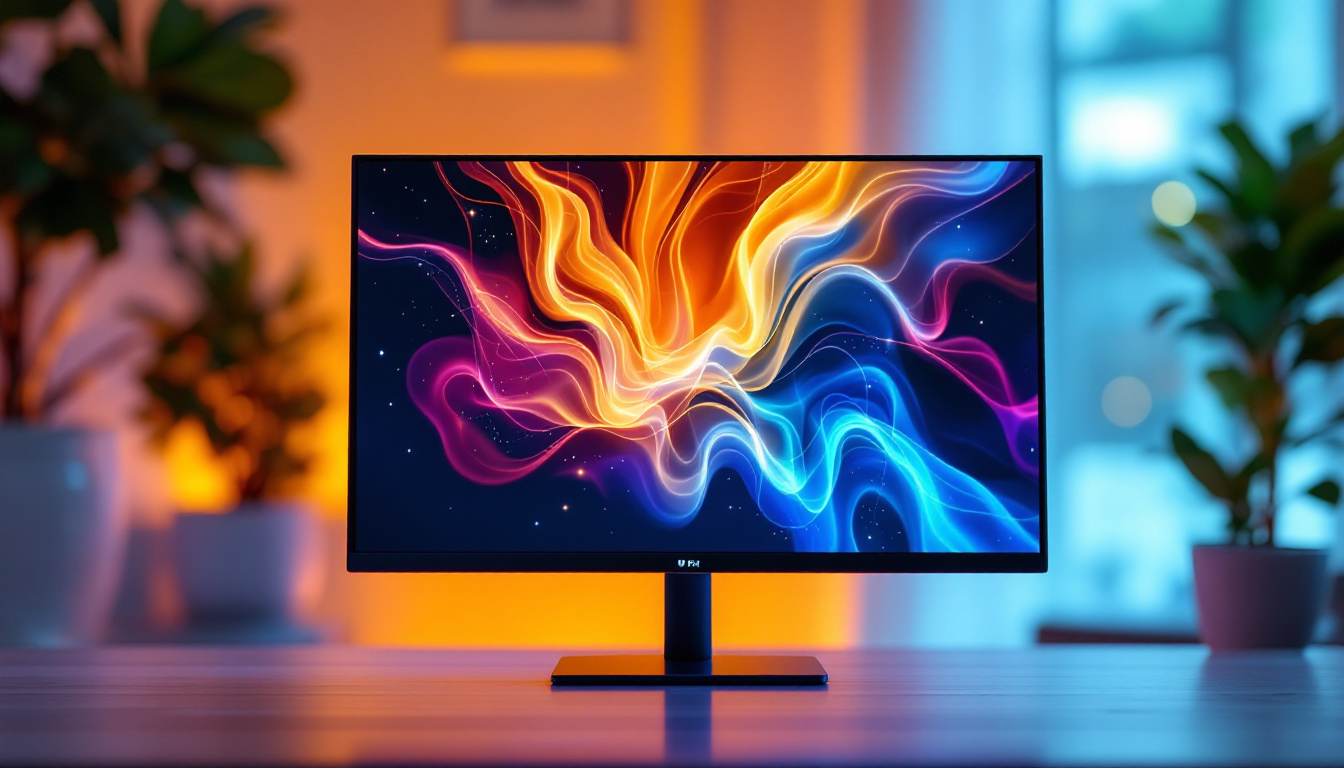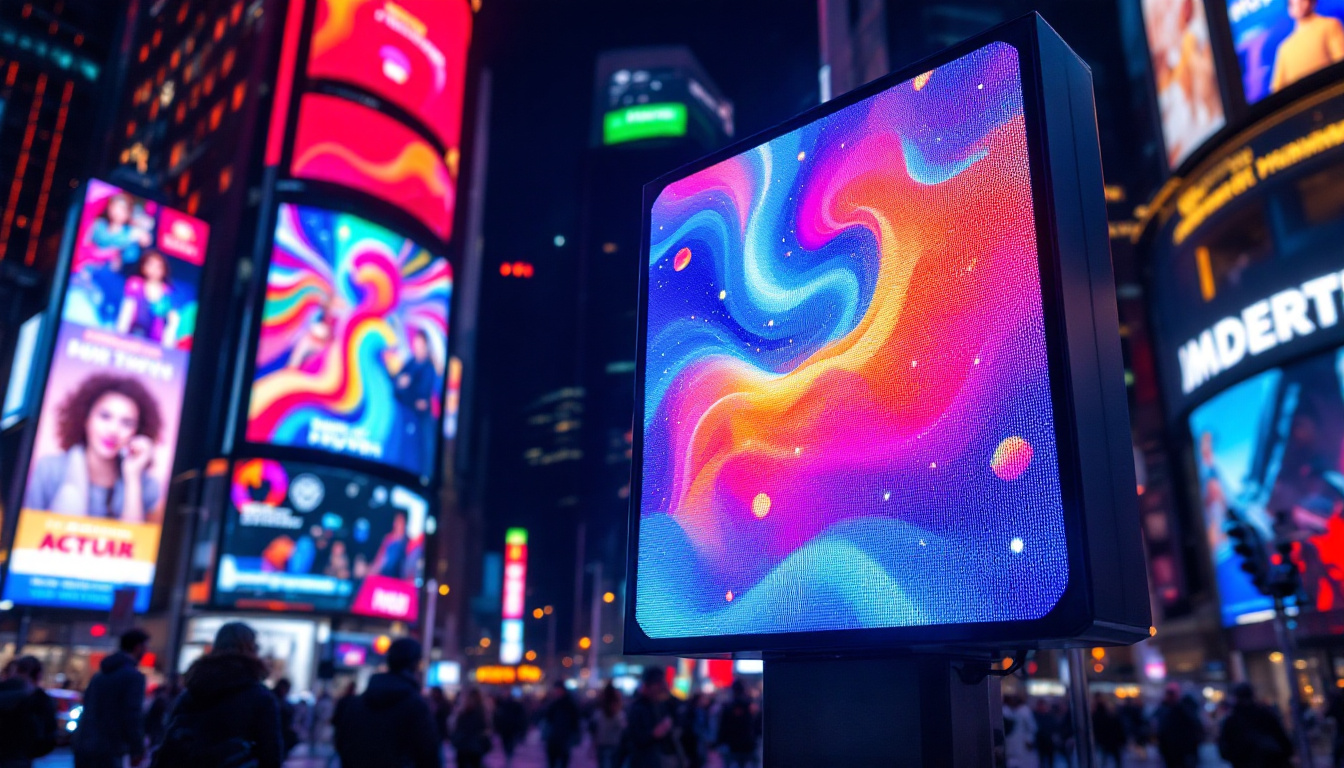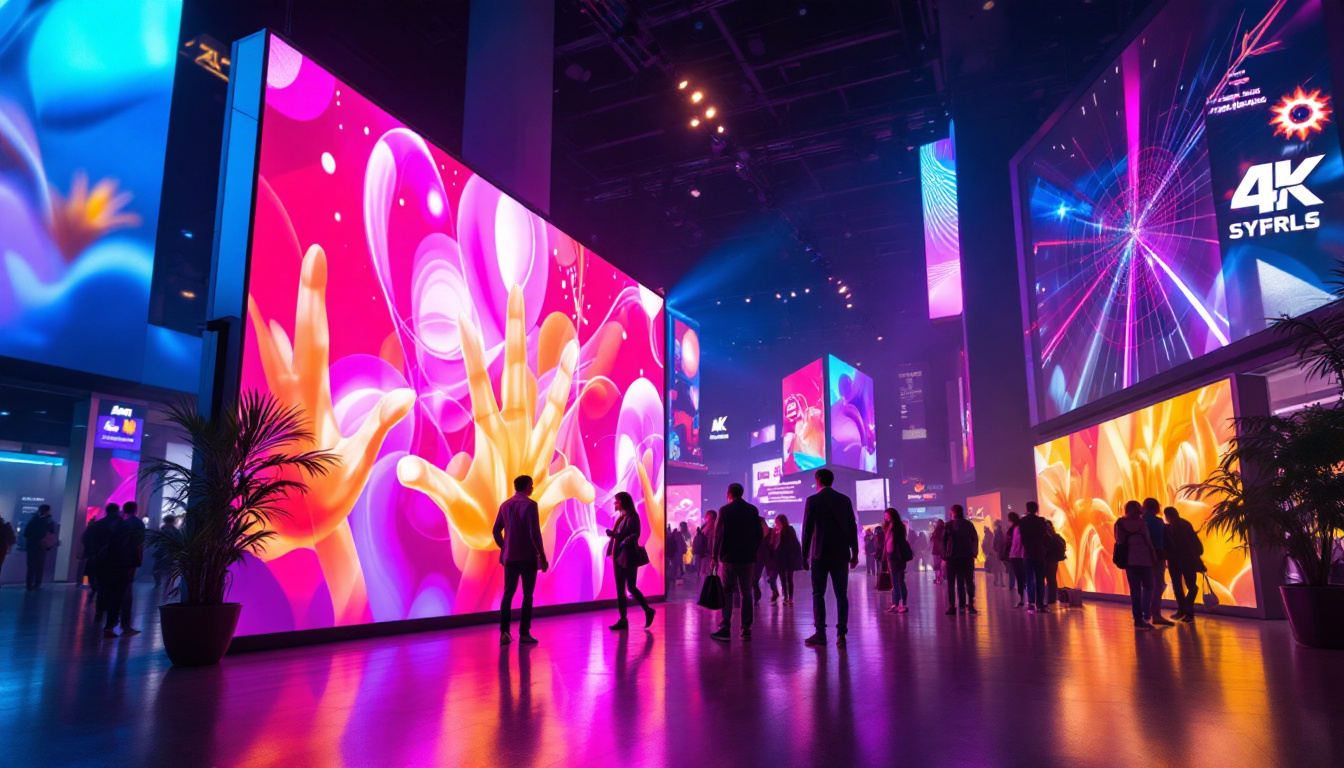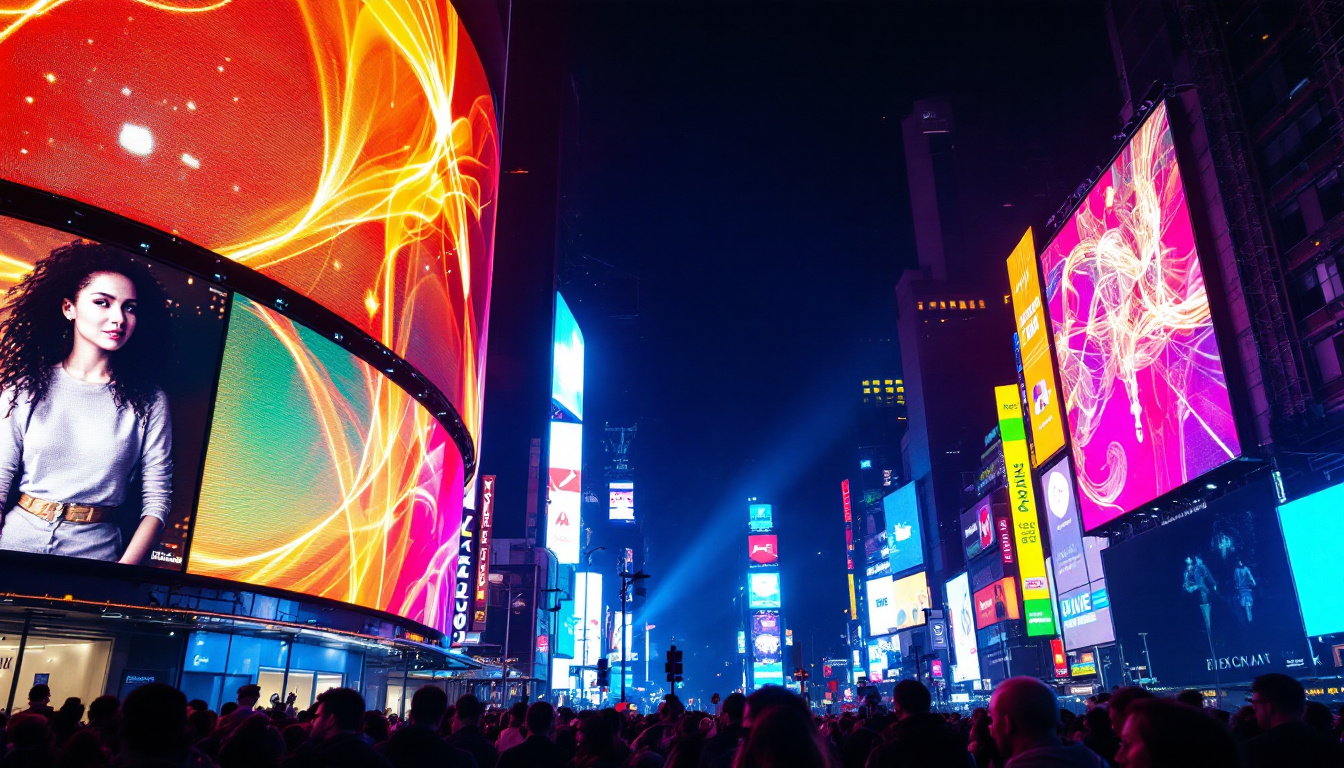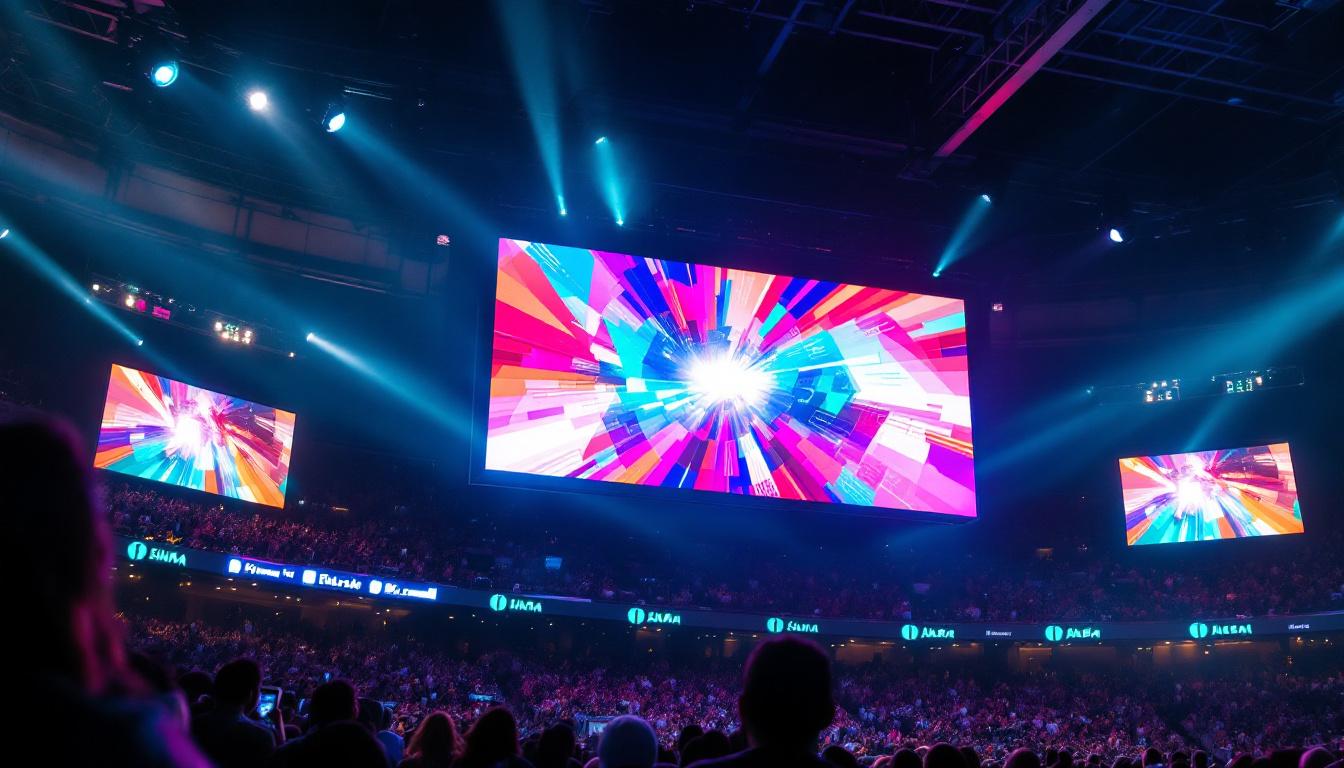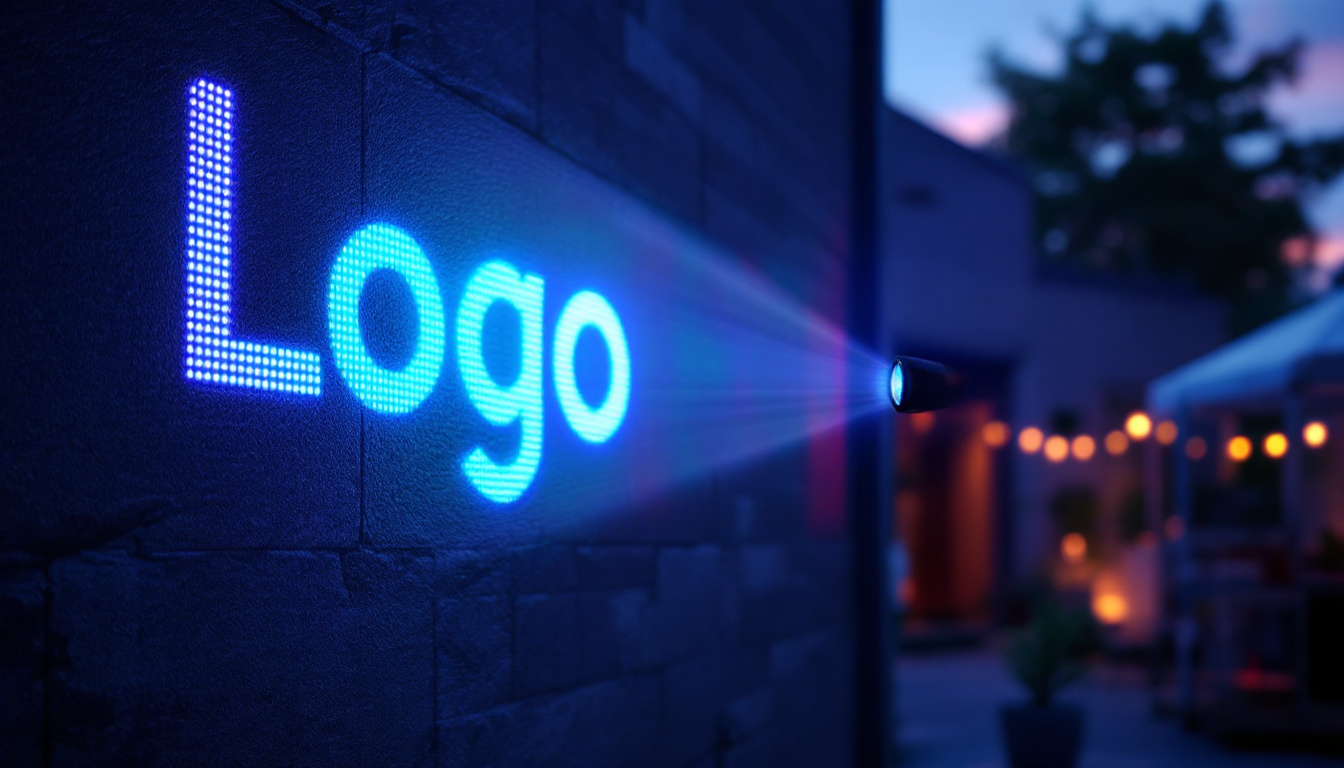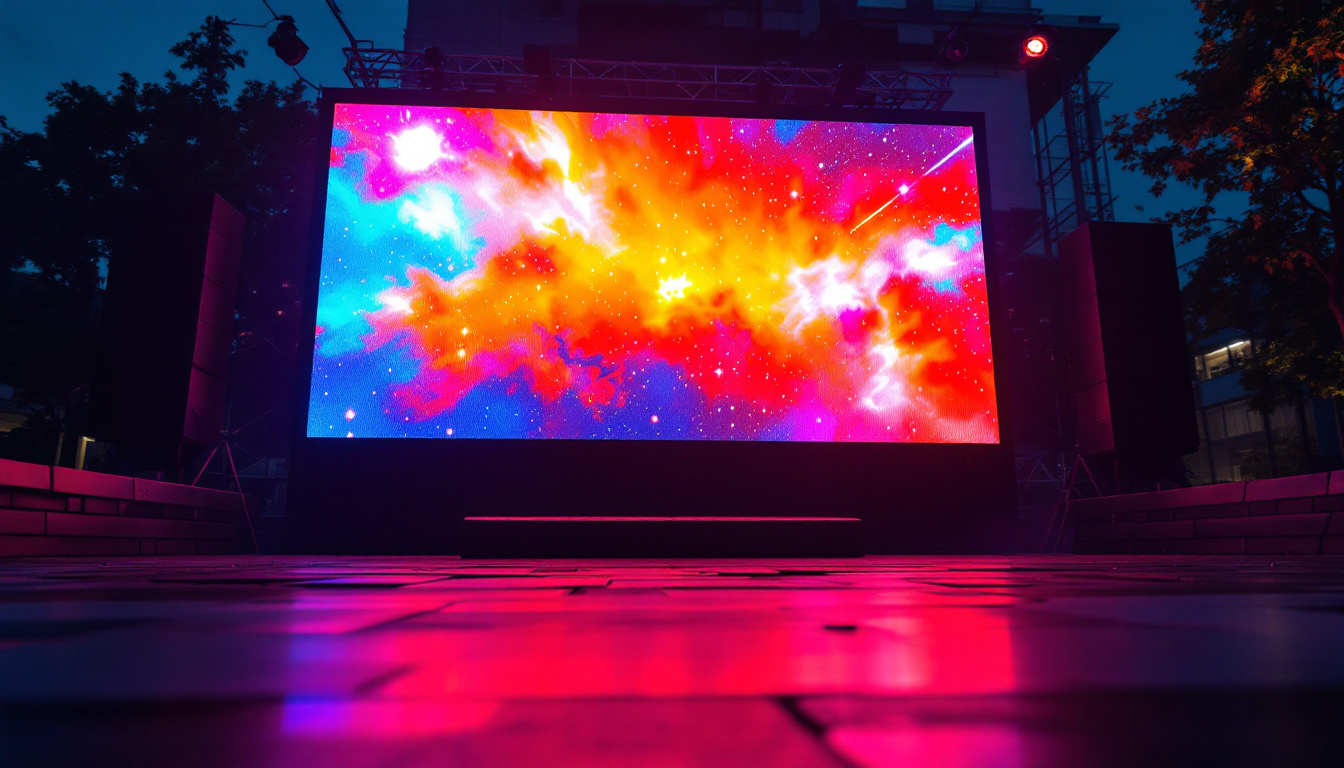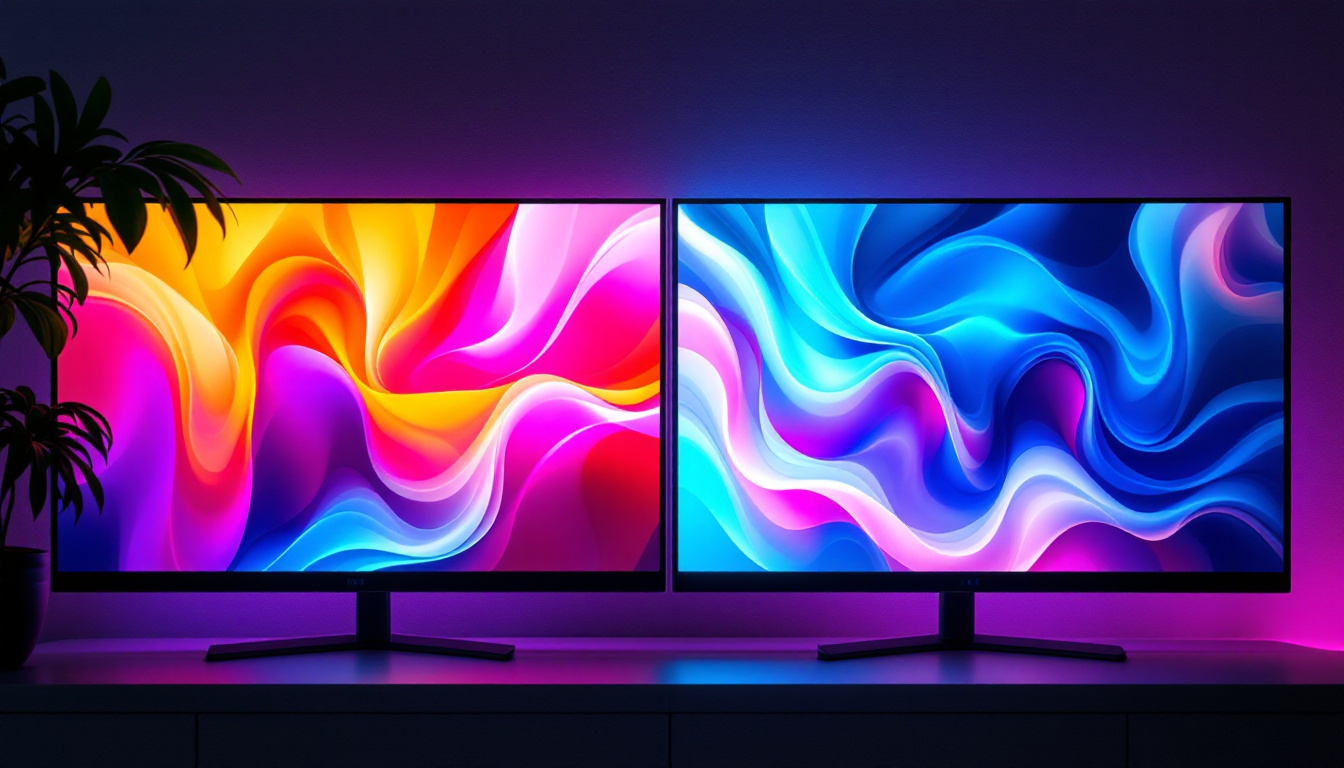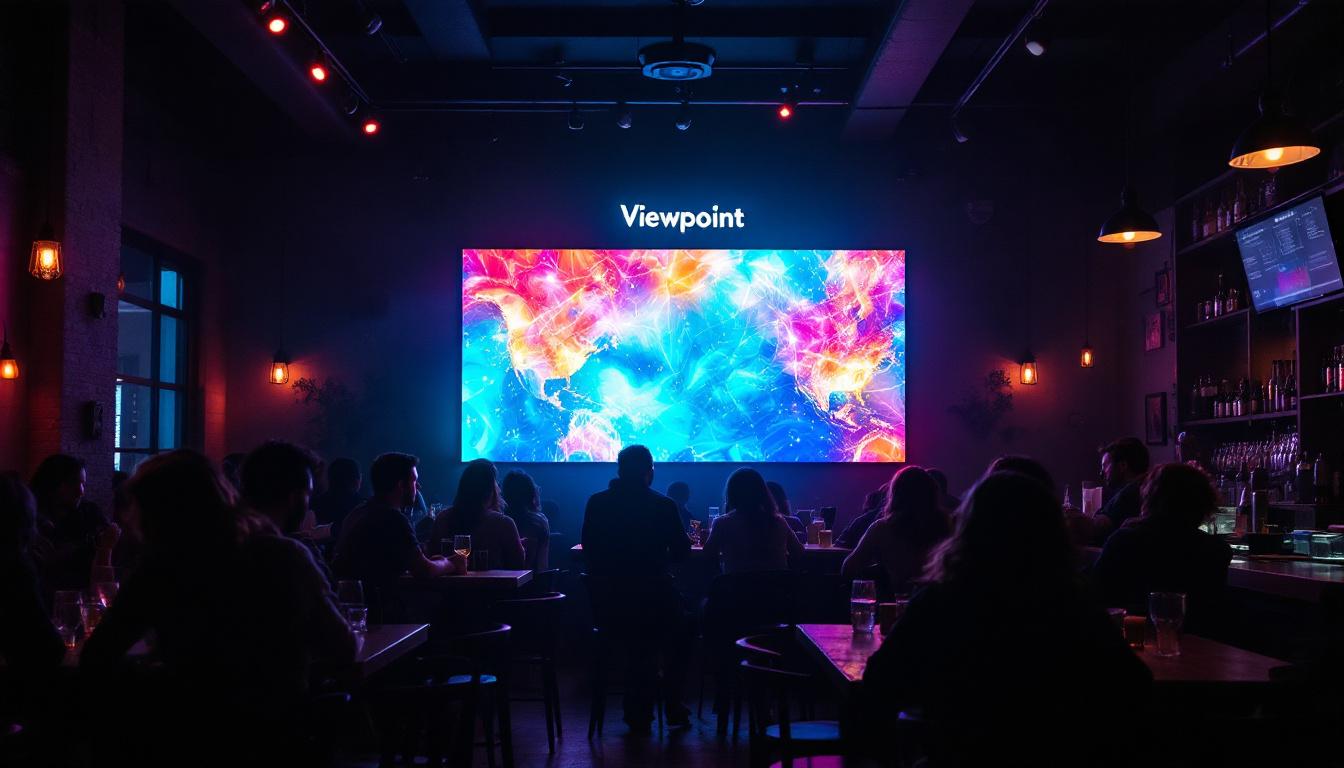In the world of modern display technology, terms like LED, LED-LCD, and OLED often create confusion among consumers. Understanding the differences between these technologies is essential for making informed purchasing decisions. This article delves into the intricacies of LED displays, LED-LCD technology, and how they compare to one another.
Understanding LED Technology
Light Emitting Diode (LED) technology has revolutionized the way screens display images. LEDs are semiconductor devices that emit light when an electric current passes through them, making them highly efficient and long-lasting. They are widely used in various applications, from small screens like smartphones to large displays such as billboards.
How LED Works
At its core, LED technology utilizes a simple principle: when electrons move through a semiconductor material, they release energy in the form of light. This process is known as electroluminescence. The color of the emitted light depends on the materials used in the semiconductor. By combining different colors, manufacturers can create a full spectrum of visible light.
LEDs can be used individually or in clusters to form larger displays. The small size of LEDs allows for high-resolution screens, making them ideal for everything from televisions to digital signage. Additionally, advancements in LED technology have led to the development of organic LEDs (OLEDs), which offer even greater flexibility in design and improved image quality. OLEDs can be made thinner and more flexible than traditional LEDs, paving the way for innovative applications like bendable screens and light-emitting wallpapers.
Advantages of LED Displays
LED displays offer several advantages that contribute to their popularity. One of the most significant benefits is energy efficiency. Compared to traditional incandescent bulbs, LEDs consume significantly less power, which translates to lower electricity bills.
Additionally, LED displays have a longer lifespan, often lasting tens of thousands of hours. This durability makes them a cost-effective choice for both consumers and businesses. Furthermore, LED displays provide excellent brightness and contrast, ensuring vibrant colors and sharp images even in well-lit environments. The ability to adjust brightness levels dynamically also allows for optimal viewing experiences in various lighting conditions, enhancing the usability of LED displays in both indoor and outdoor settings. Moreover, the compact nature of LED technology enables the creation of ultra-thin screens, which are not only aesthetically pleasing but also facilitate innovative architectural designs in modern buildings.
What is LED-LCD Technology?
LED-LCD technology is a combination of two different technologies: LED and Liquid Crystal Display (LCD). In an LED-LCD display, the LCD panel is backlit by LEDs, which enhances the overall picture quality. This hybrid approach allows manufacturers to take advantage of the benefits of both technologies. The integration of LED lighting not only improves brightness but also contributes to a wider color gamut, making images more vibrant and lifelike.
How LED-LCD Works
In an LED-LCD display, the LCD panel itself does not emit light. Instead, it relies on a backlight, which is provided by LEDs. The LCD layer consists of liquid crystals that modulate light to create images. When an electric current is applied, the liquid crystals align in such a way that they either block or allow light to pass through, forming the desired image on the screen. This precise control over light allows for stunning visuals, particularly in high-definition formats.
There are two primary types of LED-LCD displays: edge-lit and full-array. Edge-lit displays have LEDs positioned along the edges of the screen, while full-array displays have a grid of LEDs behind the entire screen. Full-array displays generally offer better contrast and uniformity due to their more comprehensive backlighting. Additionally, some full-array models incorporate local dimming technology, which allows specific areas of the screen to dim or brighten independently, further enhancing the depth and richness of the images displayed.
Benefits of LED-LCD Displays
LED-LCD displays combine the advantages of both technologies. They provide better brightness and color accuracy compared to traditional LCDs, thanks to the use of LEDs for backlighting. This results in improved image quality, especially in brightly lit environments. Furthermore, the energy efficiency of LED lighting means that these displays consume less power, making them an environmentally friendly choice as well.
Moreover, LED-LCD displays are often more affordable than OLED displays, making them an attractive option for budget-conscious consumers. They also tend to have a longer lifespan compared to standard LCDs, further enhancing their appeal. In addition to their cost-effectiveness, LED-LCD displays are widely available in various sizes and resolutions, catering to a broad range of consumer preferences. From compact models suitable for smaller spaces to large, immersive screens designed for home theaters, the versatility of LED-LCD technology ensures that there is a suitable option for nearly every viewing scenario. This adaptability, combined with ongoing advancements in display technology, continues to solidify LED-LCD’s position in the market as a reliable and popular choice for consumers and professionals alike.
Comparing LED and LED-LCD Displays
When considering LED and LED-LCD displays, it is essential to understand the key differences that set them apart. While both technologies utilize LEDs in some capacity, their applications and performance characteristics vary significantly.
Brightness and Color Accuracy
One of the most notable differences between LED and LED-LCD displays is their brightness levels. LED displays can achieve higher brightness levels due to their direct emission of light. In contrast, LED-LCD displays rely on backlighting, which can sometimes result in less uniform brightness across the screen.
In terms of color accuracy, LED displays typically offer more vibrant colors and better contrast ratios. This is particularly evident in high-end LED displays, which can produce deeper blacks and more vivid colors compared to their LED-LCD counterparts. However, advancements in LED-LCD technology have narrowed this gap significantly, with many modern LED-LCD displays offering impressive color performance.
Viewing Angles
Viewing angles are another critical factor to consider when comparing these two technologies. LED displays generally provide better viewing angles, maintaining color accuracy and brightness even when viewed from the side. LED-LCD displays, on the other hand, can experience color distortion and reduced brightness when viewed at sharp angles.
This difference can be particularly important in settings where multiple viewers are watching the screen from various positions, such as in a living room or a conference room. Consumers seeking a display for such environments may prefer an LED display for its superior viewing angles.
Cost Considerations
Cost is often a significant factor when choosing between LED and LED-LCD displays. Generally, LED displays tend to be more expensive than LED-LCD displays due to their advanced technology and superior performance characteristics.
Initial Investment
The initial investment for an LED display can be substantial, especially for larger models. However, the long-term savings on energy consumption and the extended lifespan of the display may offset the higher upfront costs. Consumers should consider their usage patterns and how often they plan to replace their displays when evaluating the cost-effectiveness of each option.
Long-Term Value
While the initial cost of LED-LCD displays is lower, they may require more frequent replacements compared to LED displays. This factor can influence long-term value, as consumers must weigh the benefits of lower upfront costs against the potential need for replacements over time.
Applications of LED and LED-LCD Displays
Both LED and LED-LCD displays have a wide range of applications, catering to different needs and preferences. Understanding these applications can help consumers make informed choices based on their specific requirements.
Home Entertainment
In the realm of home entertainment, LED displays are often favored for their superior picture quality and vibrant colors. High-end models are particularly popular among cinephiles and gamers who demand the best visual experience. However, LED-LCD displays also hold a significant market share due to their affordability and decent performance, making them suitable for casual viewers.
Commercial Use
For commercial applications, both technologies have their merits. LED displays are commonly used in digital signage, advertising, and large outdoor screens due to their brightness and visibility in various lighting conditions. LED-LCD displays are frequently employed in conference rooms and office settings, where cost-effectiveness and decent image quality are essential.
Future Trends in Display Technology
The landscape of display technology is continually evolving, with innovations emerging at a rapid pace. As consumers become more discerning, manufacturers are compelled to improve their offerings, leading to exciting developments in both LED and LED-LCD technologies.
Advancements in LED Technology
Future advancements in LED technology may focus on improving energy efficiency, enhancing color accuracy, and reducing production costs. Innovations such as microLED and miniLED are already making waves in the industry, promising even better performance and more compact designs.
MicroLED technology, in particular, has the potential to deliver OLED-like performance without the drawbacks associated with OLED displays, such as burn-in issues. As this technology matures, it could redefine the standards for display quality.
Smart Features and Integration
Another trend is the integration of smart features into both LED and LED-LCD displays. As consumers increasingly seek connectivity and convenience, manufacturers are incorporating smart technology into their products. This includes features like built-in streaming services, voice control, and compatibility with smart home systems.
Conclusion
In summary, both LED and LED-LCD displays have unique advantages and applications, making them suitable for different consumer needs. LED displays offer superior brightness, color accuracy, and viewing angles, while LED-LCD displays provide a more budget-friendly option with decent performance.
As technology continues to evolve, consumers can expect even more improvements in display quality and features. Understanding the differences between these technologies will empower consumers to make informed decisions that best suit their preferences and requirements.
Ultimately, whether opting for an LED or LED-LCD display, the key is to evaluate individual needs, budget constraints, and intended applications to ensure the right choice is made for an optimal viewing experience.
Discover LumenMatrix’s Innovative LED Display Solutions
Ready to elevate your visual experience with the latest in LED display technology? Look no further than LumenMatrix, a pioneer in crafting dynamic and immersive LED displays for a multitude of applications. From vibrant Indoor and Outdoor LED Wall Displays to specialized solutions like Vehicle LED Displays, LED Sports Displays, and even Custom LED Displays, LumenMatrix is committed to transforming your visual communication. Whether you’re looking to captivate your audience, enhance brand visibility, or create unforgettable visual experiences, LumenMatrix has the cutting-edge technology to make it happen. Check out LumenMatrix LED Display Solutions today and see how we can help you share your message with impact and precision.

